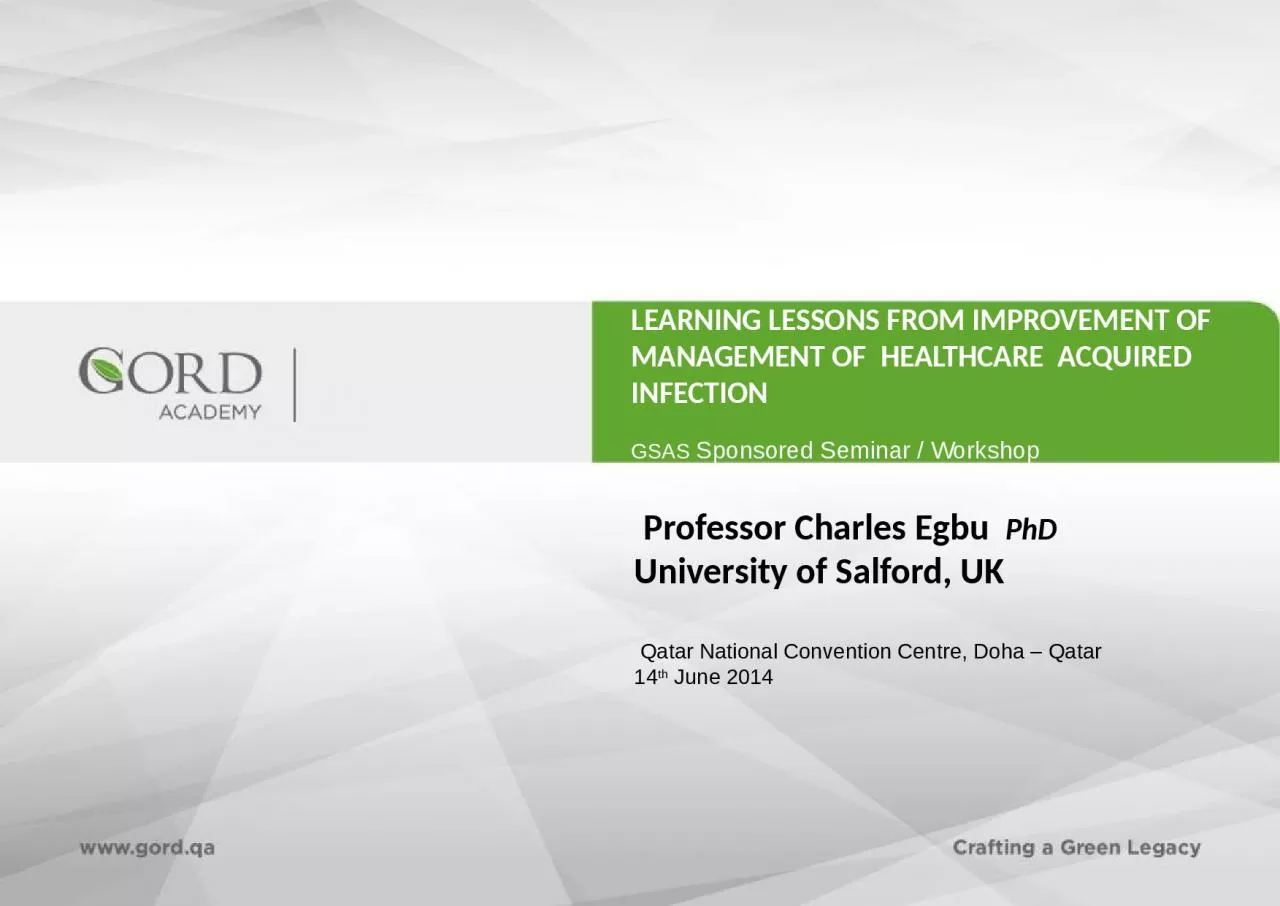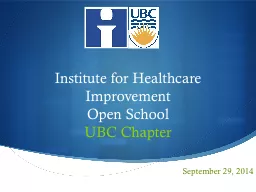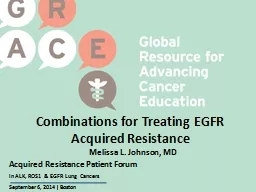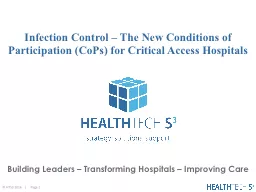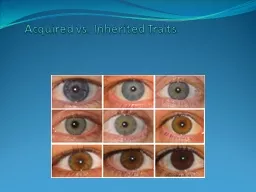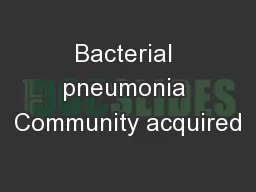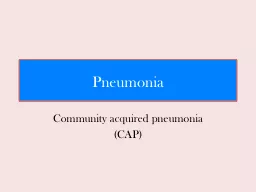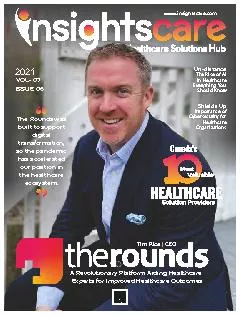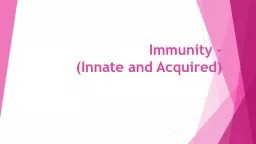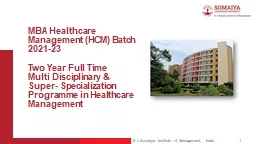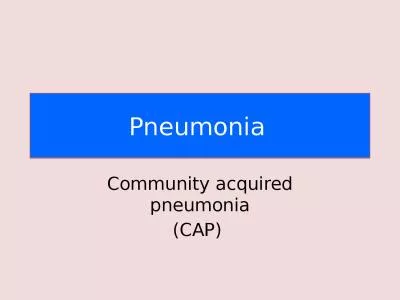PPT-LEARNING LESSONS FROM IMPROVEMENT OF MANAGEMENT OF HEALTHCARE ACQUIRED INFECTION
Author : GorgeousGirl | Published Date : 2022-08-03
GSAS Sponsored Seminar Workshop Professor Charles Egbu PhD University of Salford UK Qatar National Convention Centre Doha Qatar 14 th June 2014 2 HAI in
Presentation Embed Code
Download Presentation
Download Presentation The PPT/PDF document "LEARNING LESSONS FROM IMPROVEMENT OF MAN..." is the property of its rightful owner. Permission is granted to download and print the materials on this website for personal, non-commercial use only, and to display it on your personal computer provided you do not modify the materials and that you retain all copyright notices contained in the materials. By downloading content from our website, you accept the terms of this agreement.
LEARNING LESSONS FROM IMPROVEMENT OF MANAGEMENT OF HEALTHCARE ACQUIRED INFECTION: Transcript
Download Rules Of Document
"LEARNING LESSONS FROM IMPROVEMENT OF MANAGEMENT OF HEALTHCARE ACQUIRED INFECTION"The content belongs to its owner. You may download and print it for personal use, without modification, and keep all copyright notices. By downloading, you agree to these terms.
Related Documents

